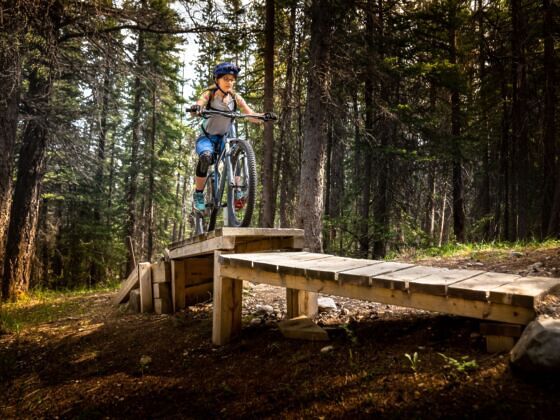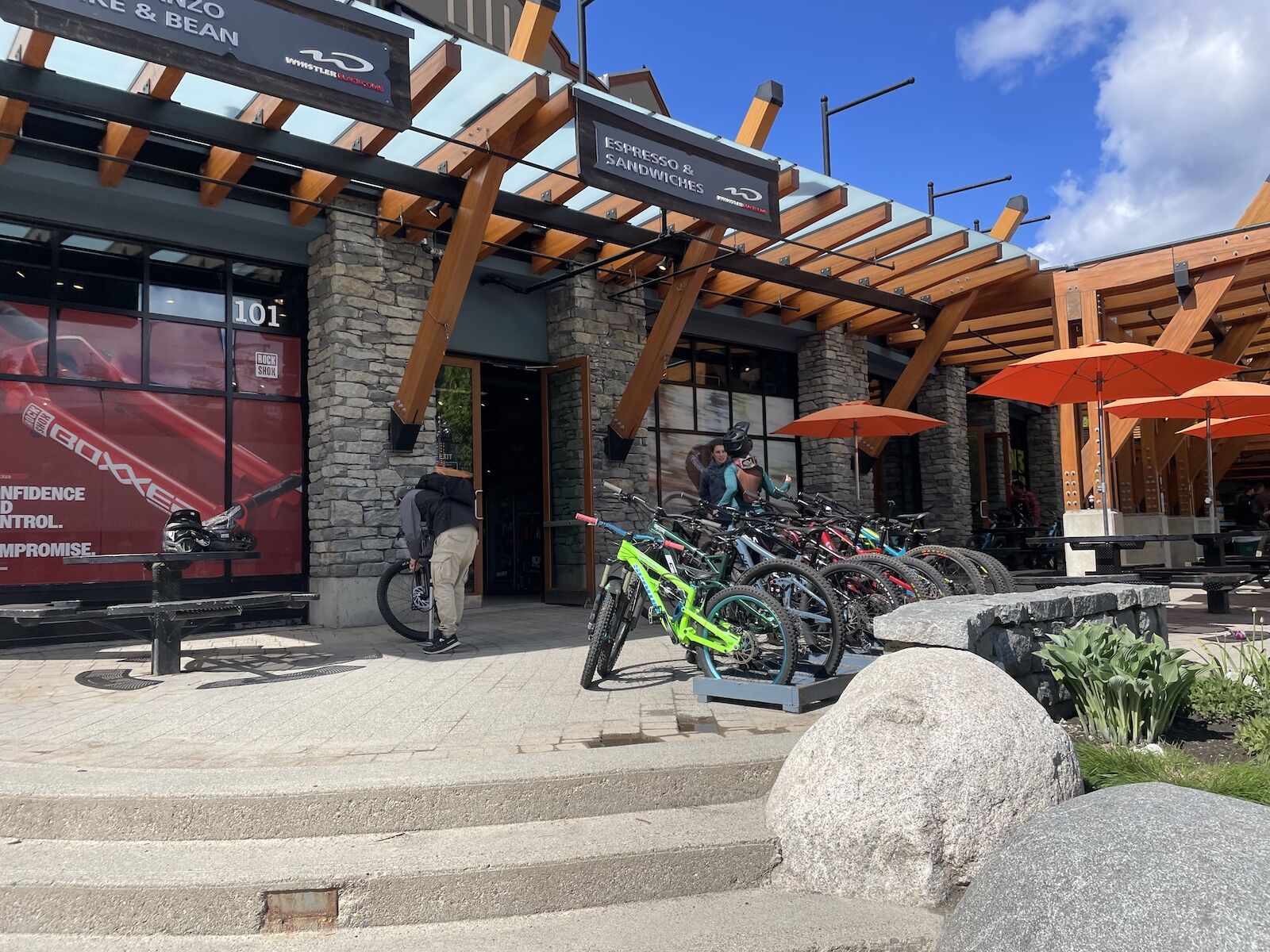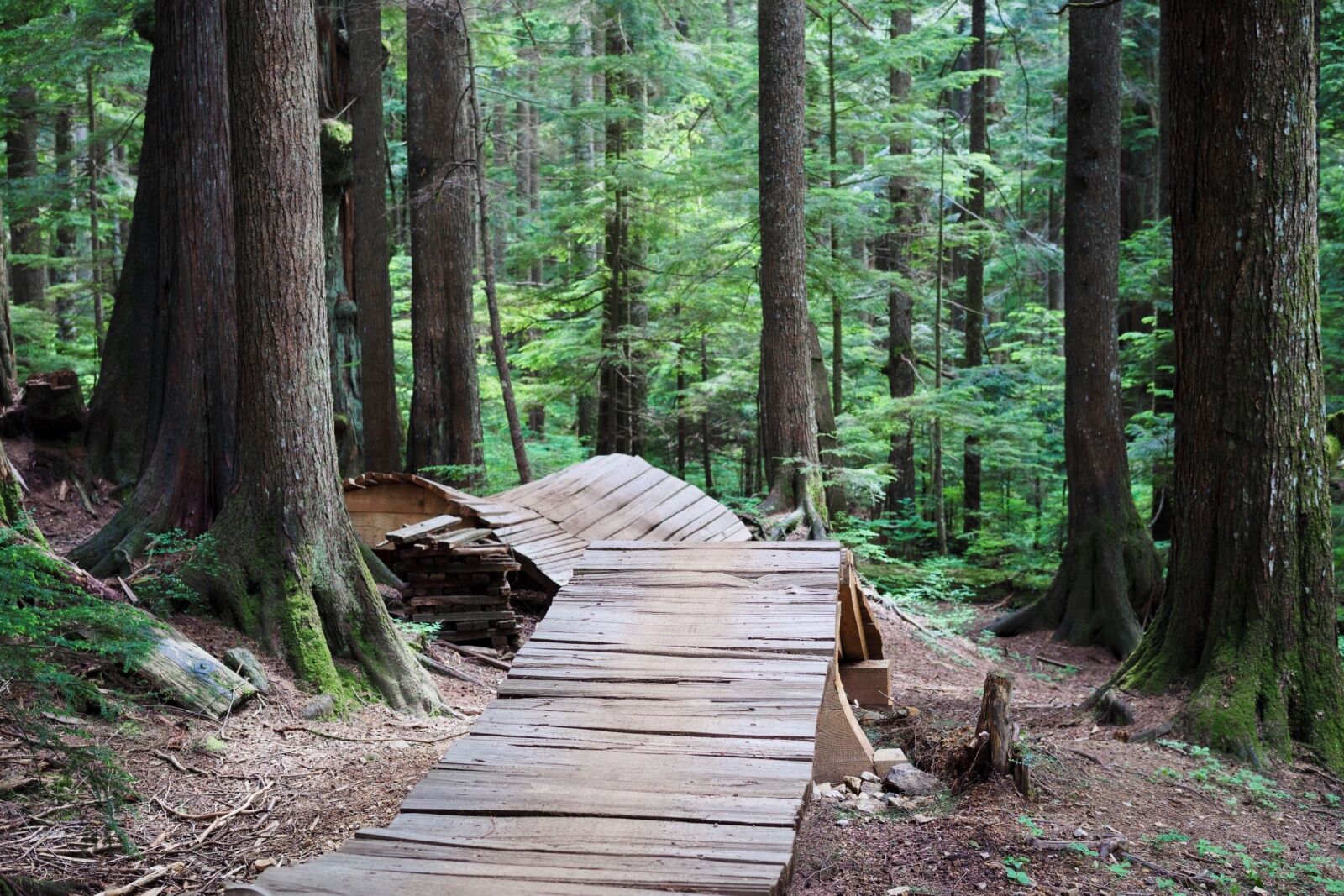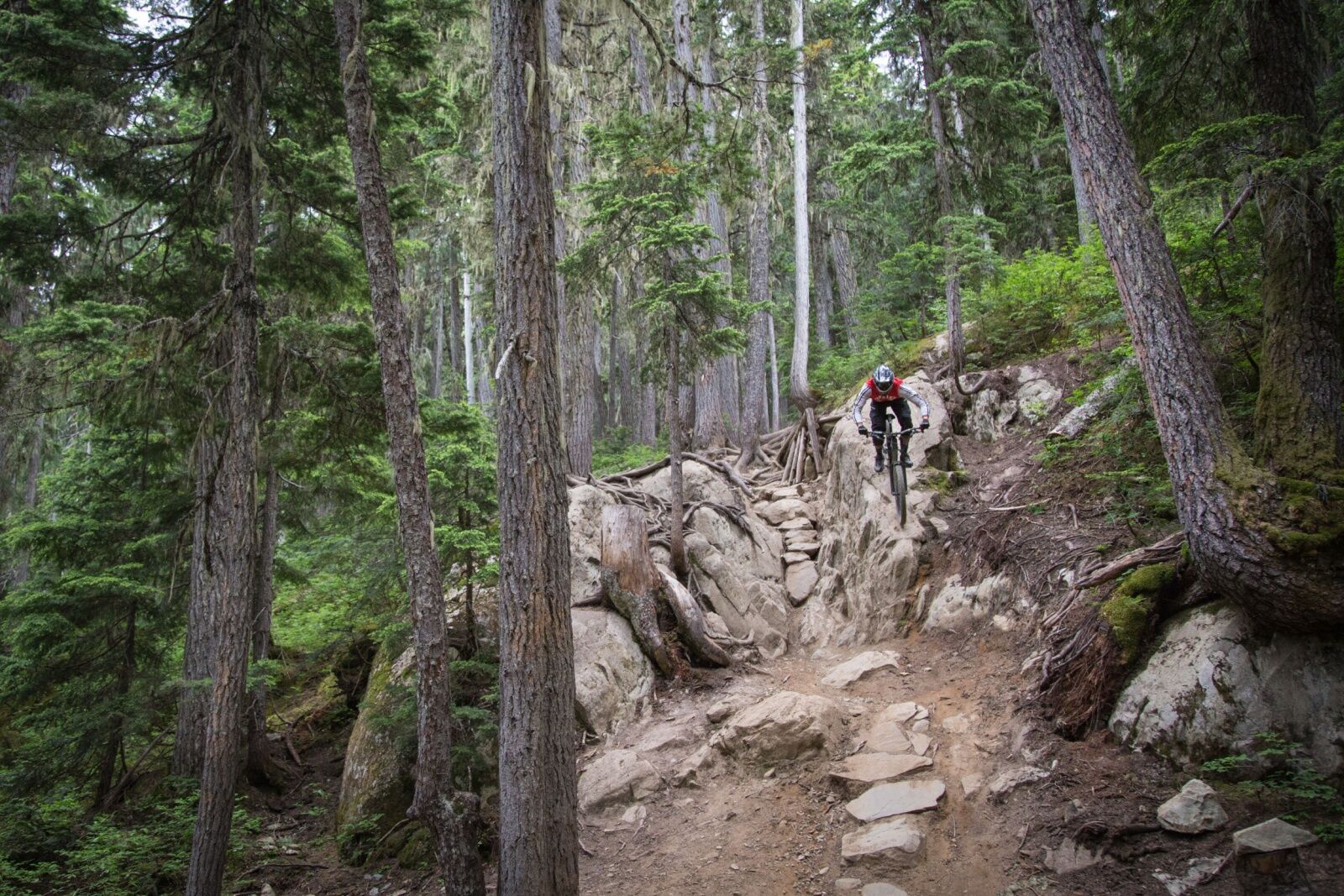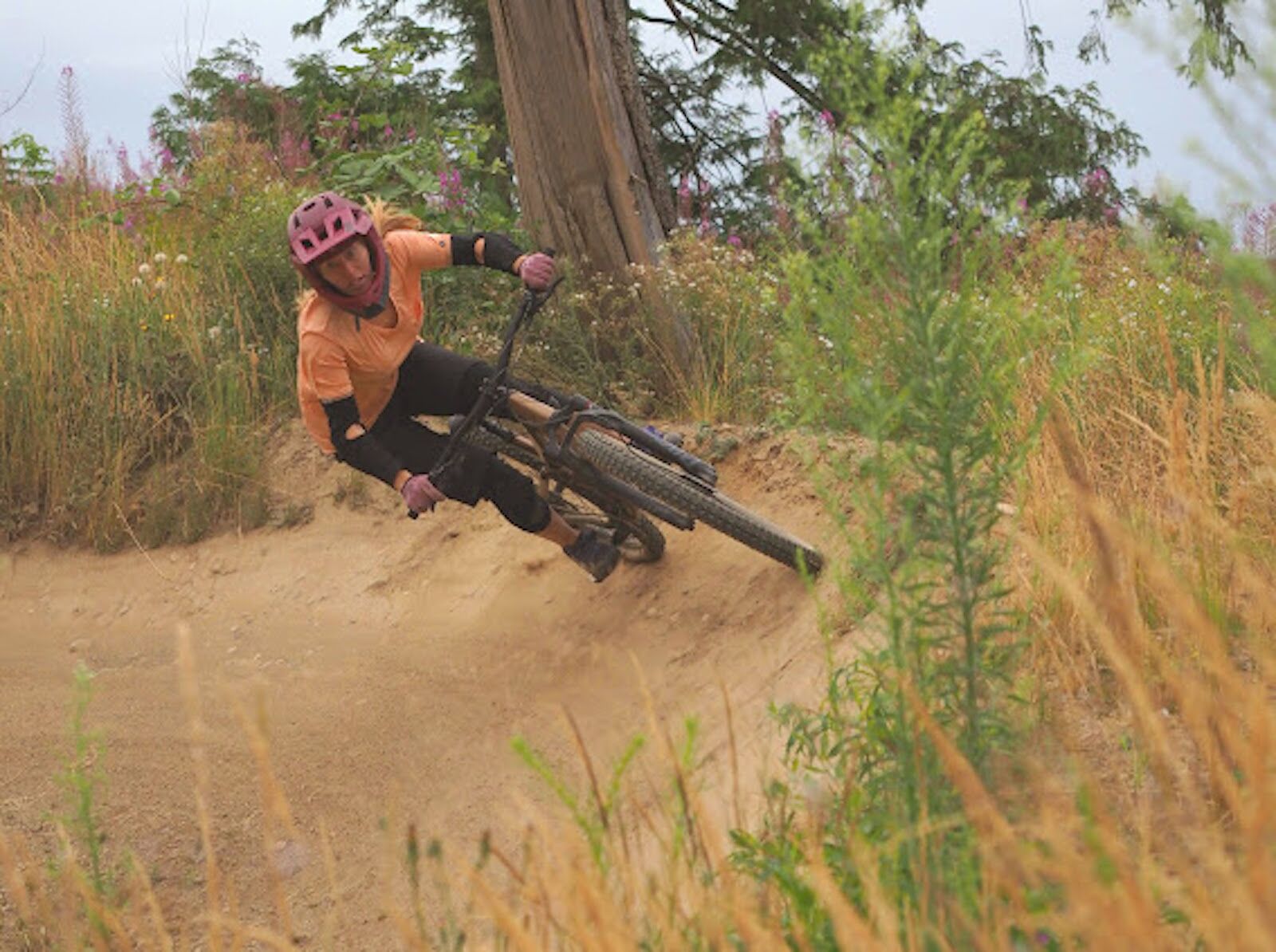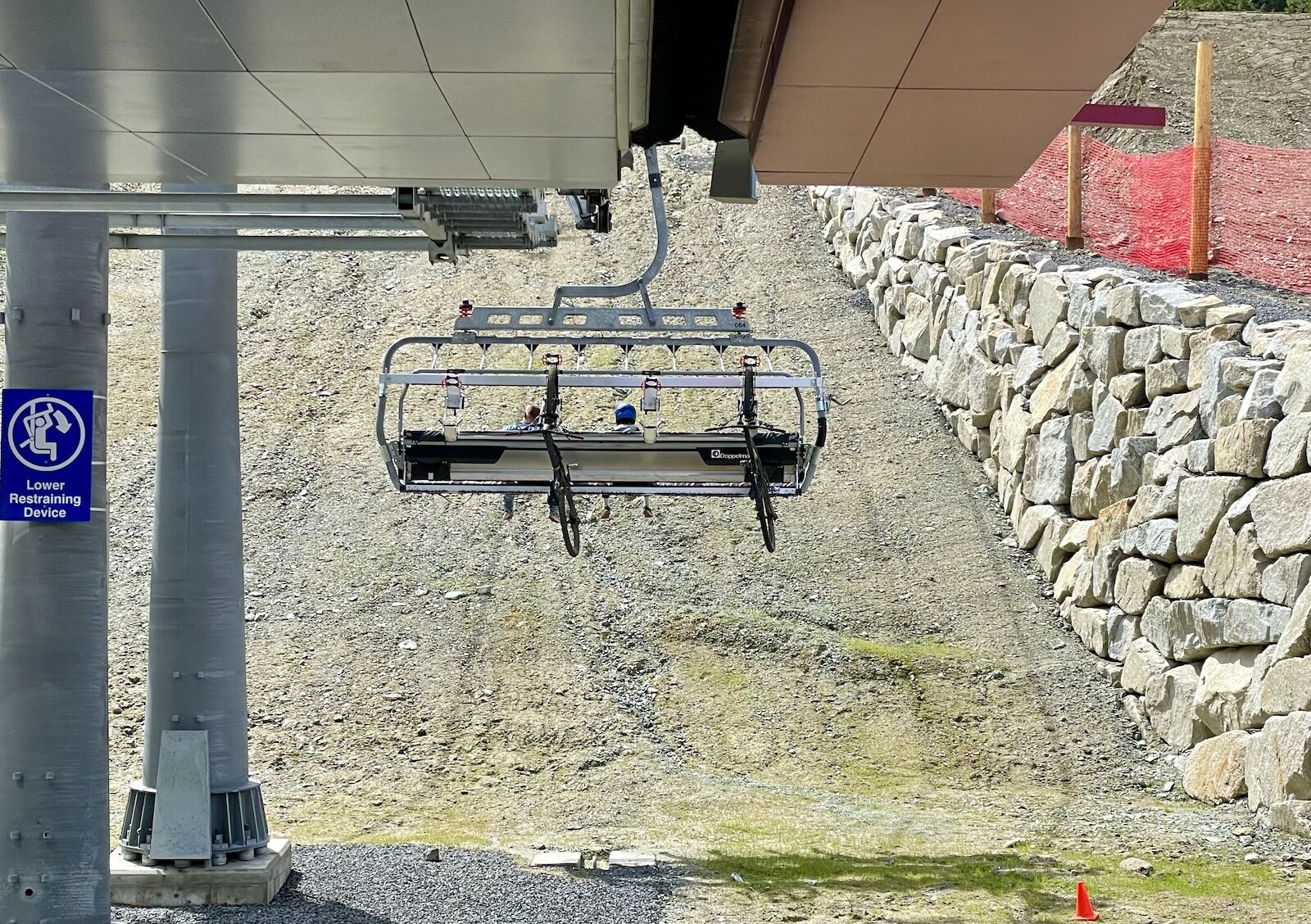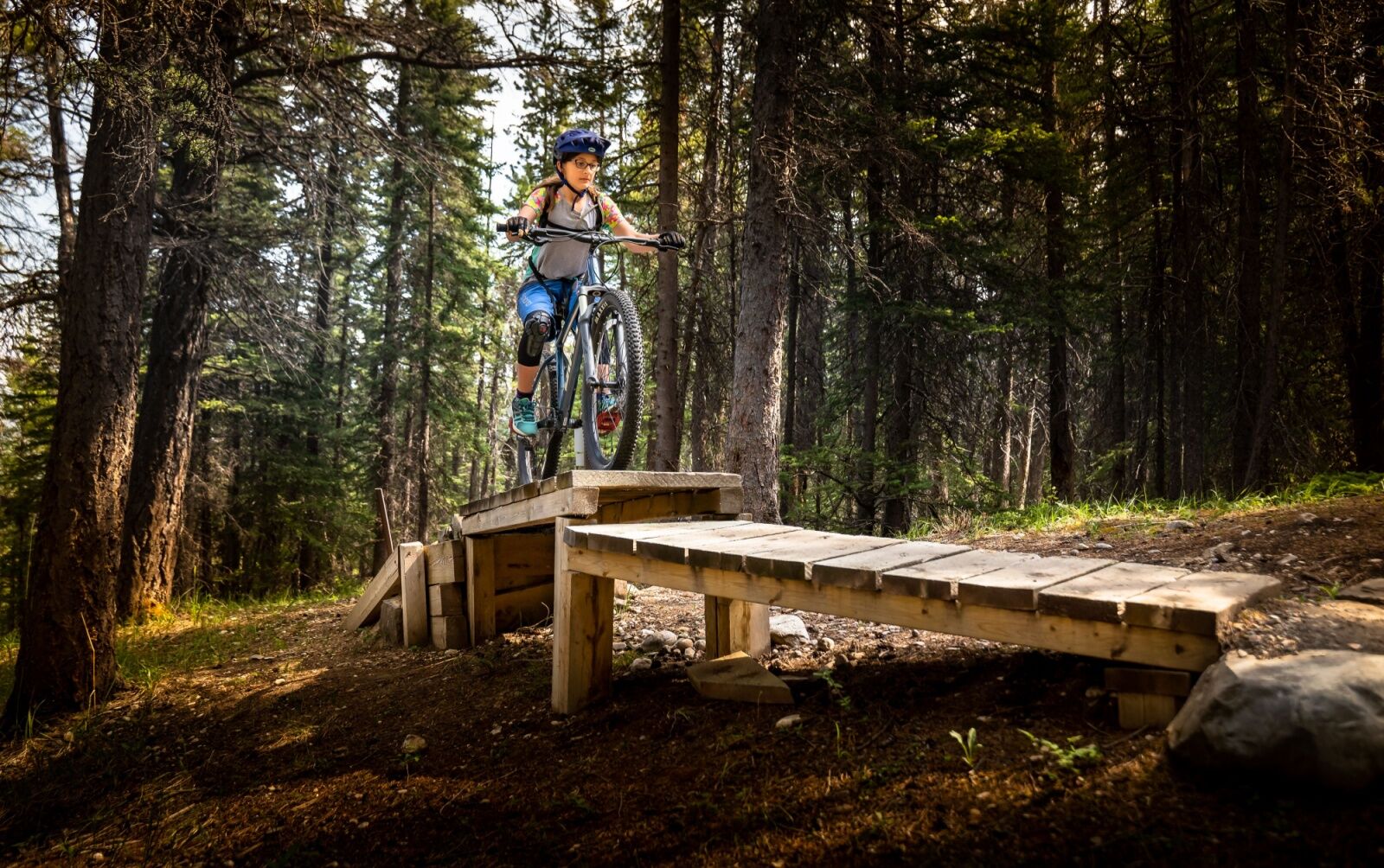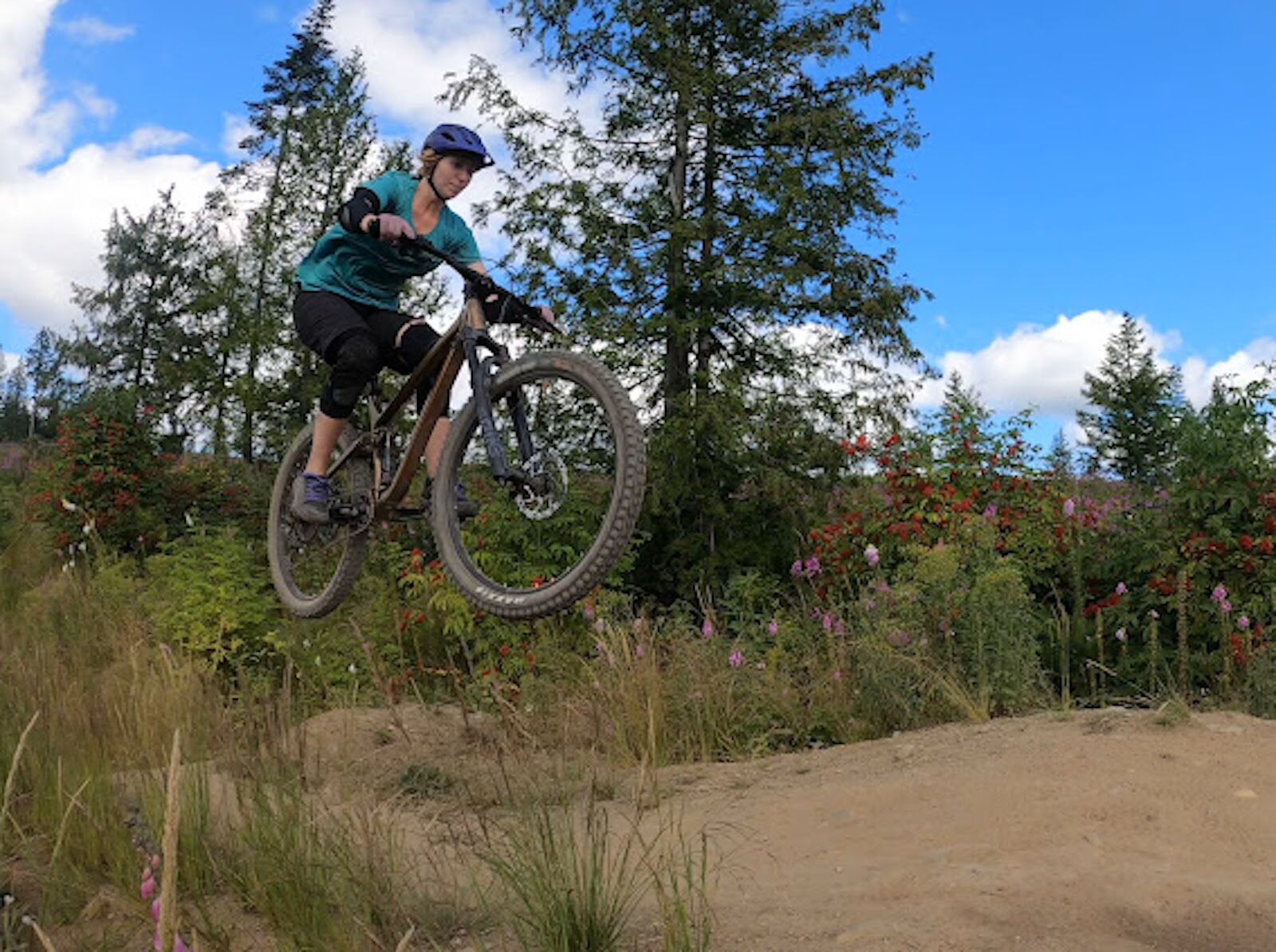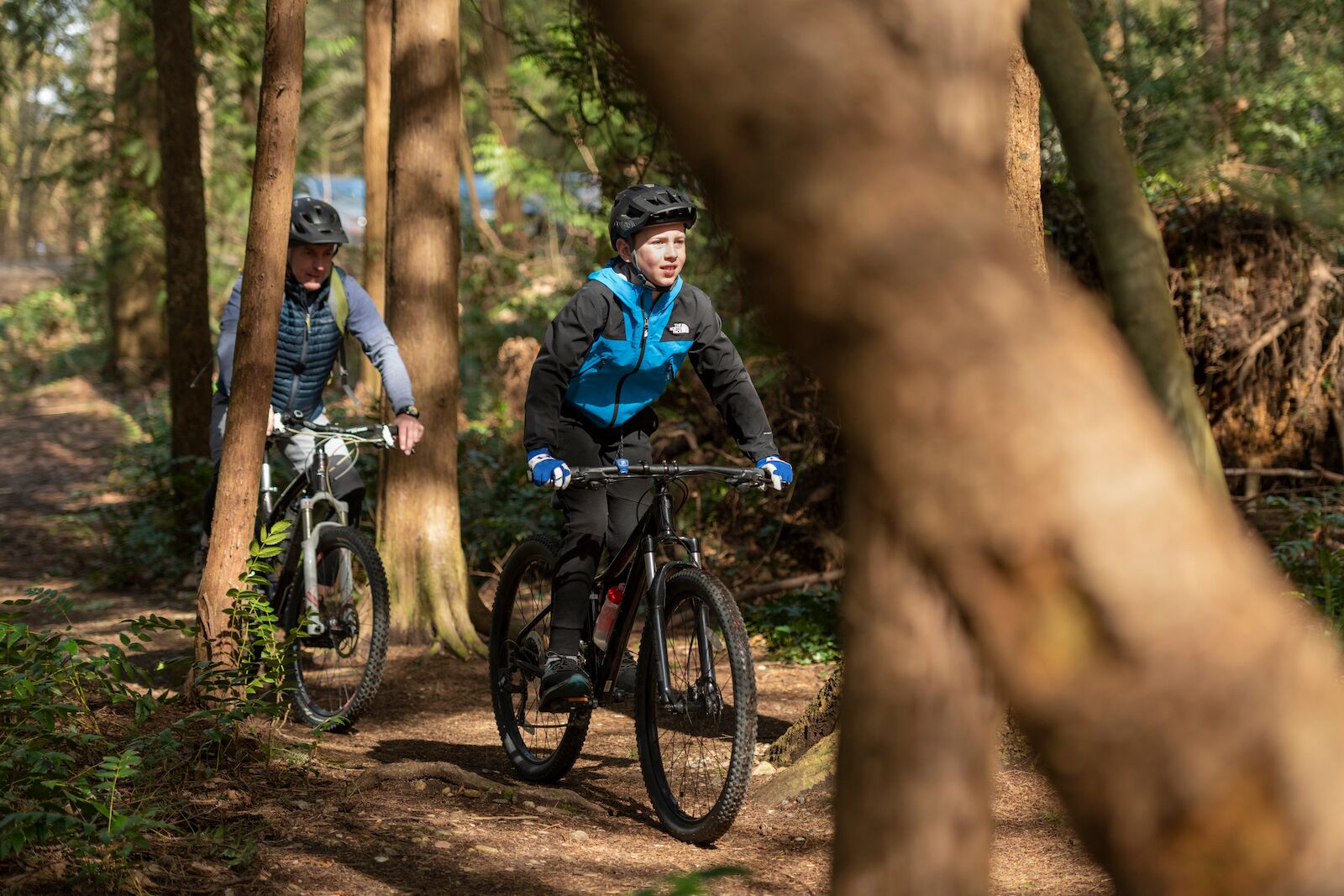Mountain biking has long been growing in popularity — and ski resorts have long been trying to find ways to stay busy in the warmer summer months. So it’s a natural fit to combine the two, creating mountain bike parks at ski resorts, using the ski lifts to carry riders (and their bikes) to the top.
Lift-serviced mountain bike parks are available at many ski resorts around the world, creating a safe and purpose-built place for bikers of all ability levels to ride multiple trails per day without much uphill pedaling. Advanced riders can save their energy for steep, active downhill lines, and beginners can ride gentle trails multiple times to practice skills and bike control. Trails are meticulously designed and built to specific difficulty levels, making it much easier to know exactly what to expect on each trail. Bike parks also have trail maps, clear signage, and on-mountain staff to make it nearly impossible to get lost.
